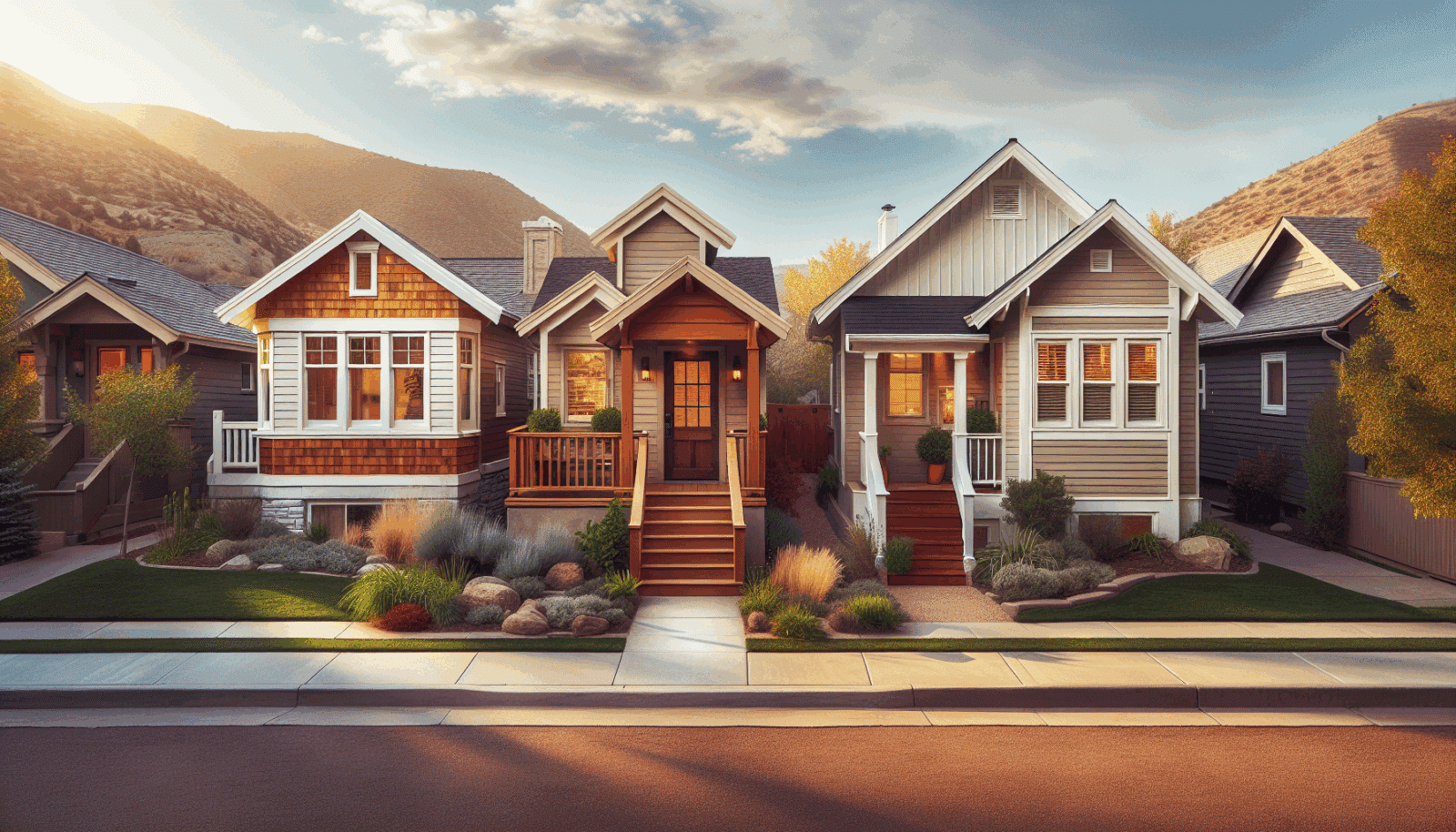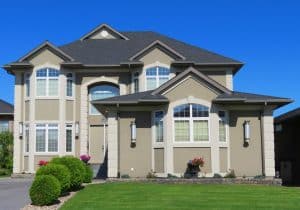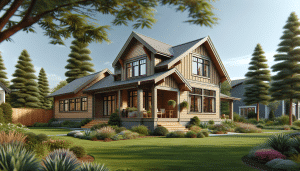Choosing between vinyl and Wood Siding can be a daunting task for homeowners. At Utah Siding & Exteriors, we understand how critical this decision is for the look, durability, and maintenance of your home. In this article, we’ll break down the pros and cons of each option to help you make an informed choice. Whether you’re looking to upgrade your current siding or starting from scratch, we’ve got you covered!
Durability
When it comes to durability, Vinyl Siding has a significant edge. It’s crafted to withstand harsh weather conditions and can last for decades with minimal upkeep. On the other hand, wood siding, while beautiful, is more susceptible to the elements. It requires regular maintenance to keep it in good condition, including sealing and painting.
In areas prone to extreme temperatures or frequent storms, vinyl siding holds up better over the long run. Its resistance to moisture, rot, and pests makes it a practical choice for those wanting a low-maintenance option.
Cost
Budget is often a crucial factor in siding decisions. Generally, vinyl siding is more cost-effective than wood. Not only is the initial installation cheaper, but the long-term maintenance costs are also lower. You won’t need to repaint or reseal vinyl, saving you money in the long run.
Wood siding, though more expensive initially, offers a classic and natural aesthetic that some homeowners value highly. If you have the budget and the time for maintenance, wood can be a rewarding investment.
Aesthetic Appeal
Wood siding brings a timeless, classic look that is challenging to replicate with other materials. It offers a natural beauty that can add significant curb appeal to any home. You can choose from different types of wood and a variety of stains and finishes to match your style.
Vinyl siding has come a long way in terms of aesthetic options. Modern vinyl can mimic the look of wood quite well and is available in numerous colors and textures. If maintaining a pristine look with less effort appeals to you, vinyl is a great option.
Environmental Impact
If you’re environmentally conscious, wood siding is often considered the greener choice. It’s a renewable resource, can be recycled, and has a smaller carbon footprint during manufacturing. However, the sustainability factor can change depending on the type of wood and how it is harvested.
Vinyl siding, on the other hand, is made from PVC, which isn’t biodegradable and can be harder on the environment. Some manufacturers are now producing more eco-friendly vinyl options, but it’s still not as green as wood.
Maintenance
One of the biggest advantages of vinyl siding is its low maintenance. Simply clean it with a hose or pressure washer a couple of times a year to keep it looking new. There’s no need for painting, staining, or sealing.
Wood siding requires much more attention. Regular inspections, painting, staining, and sealing are necessary to protect it from the elements and pests. If you enjoy DIY projects, wood siding can be a fulfilling choice, but it does require a time commitment.
Installation
Vinyl siding is generally easier and quicker to install than wood. It comes pre-finished and ready to hang, which can speed up the installation process and reduce labor costs. Also, vinyl is lighter and simpler to work with compared to wood.
Wood Siding Installation is more labor-intensive. The planks are heavier, need precise cutting, and require finishing touches like painting or staining. This can add to the overall cost and time of the project.
Weather Resistance
Vinyl siding excels in weather resistance. It withstands extreme temperatures, wind, and moisture without succumbing to damage. This makes it a preferred option in areas with harsh weather conditions.
Wood siding, while beautiful, is not as impervious to weather. It can warp, crack, or rot when exposed to moisture and extreme temperatures. Constant weather changes can take a toll on its longevity and appearance.
Resale Value
If you’re thinking about selling your home in the future, both vinyl and wood siding can impact resale value. Vinyl siding can boost your home’s value due to its durability and low maintenance. Its range of style options helps attract a wide array of buyers.
Wood siding also adds significant value but attracts a different type of buyer. Those who appreciate the authentic, classic look of wood may be willing to pay a premium for this feature. However, the need for ongoing maintenance can be a drawback for some.
Energy Efficiency
Insulated vinyl siding can increase your home’s energy efficiency by providing an additional layer of protection against heat loss or gain. This can reduce your energy bills and make your home more comfortable year-round.
Wood siding is a natural insulator but doesn’t offer the same level of energy efficiency as insulated vinyl. However, it can still contribute to your home’s insulation when properly installed and maintained.
Key Points to Consider
- Budget: Vinyl is generally cheaper, both in initial costs and long-term maintenance.
- Maintenance: Vinyl requires less upkeep, while wood needs regular attention.
- Aesthetic Appeal: Wood offers a timeless look, and vinyl provides versatility with less effort.
- Environmental Impact: Wood is more eco-friendly, although there are greener vinyl options emerging.
- Durability: Vinyl stands up better to weather and pests than wood.
Conclusion
We hope this comparison helps you decide which type of siding suits your home best. Vinyl is low-maintenance, durable, and cost-effective, making it an excellent option for many homeowners.
Wood, on the other hand, offers unparalleled beauty but requires a commitment to regular maintenance. Your choice depends on your specific needs, budget, and style preferences.
Ready to make a decision? Contact us at Utah Siding & Exteriors by phone 801-509-9241 or Request a Free Quote.




